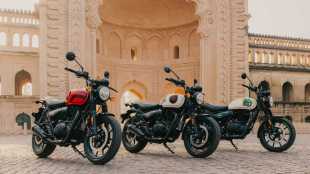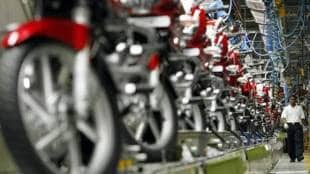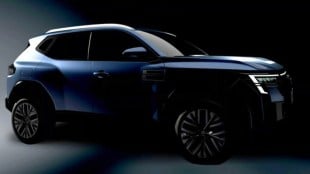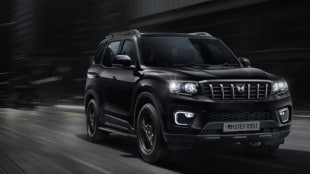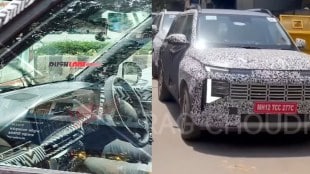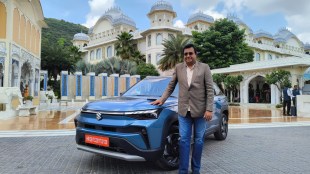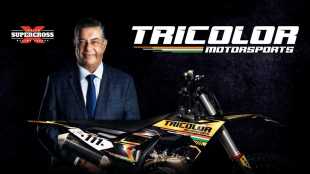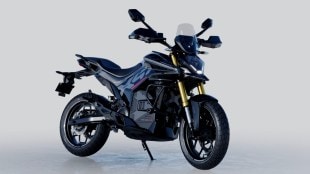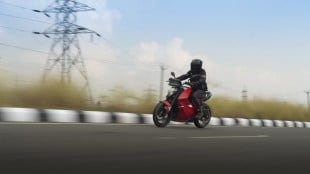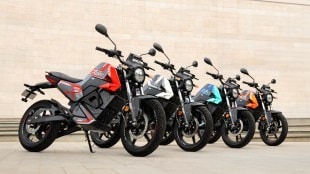Kawasaki has taken a giant leap in the field of performance motorcycles by unveiling the Ninja 7 HEV– world’s first mass-produced strong hybrid sports bike. The new model is set to revolutionise the future of performance two-wheelers and motorsports. The bike is slated to go on sale across European markets by early 2024.
This development comes shortly after the introduction of the new A1 licence-class EV motorcycles in Paris. Team Green first introduced a prototype of the motorcycle and briefly discussed it at EICMA last year.
Kawasaki Ninja 7 HEV: Design
Visually, the Ninja 7 carries the silhouette of a traditional Kawasaki faired sports bike with some silver treatment on its body panels to distinguish itself from the rest of the range. Highlights include a fully-faired body with a front-heavy look featuring an apron housing twin LED headlamps up front and mirrors mounted near the flyscreen. Other visual highlights include a floating tail section, split seats, an upswept exhaust muffler, and an engine cowl.

Kawasaki Ninja 7 HEV: Powertrain specs
Powering the Ninja 7 HEV is a liquid-cooled, 451cc, parallel-twin, water-cooled engine and an electric motor. The petrol engine is responsible for developing 48 bhp while the electric motor paired with a 48 volt lithium-ion battery puts out 12 horses. Combining the two systems, the hybrid powertrain dishes out 58 bhp which can be boosted to 68 ponies for 15 seconds while peak torque output is rated 60.4 Nm.
Watch Video: Kawasaki Ninja 7 HEV
Instead of a traditional gear shifter, the Ninja 7 gets unique shift paddles on the left hand side switch cluster to toggle through different gears. There are three ride modes to choose from namely– EV, Eco Hybrid, and Sport Hybrid, although Kawasaki is yet to reveal performance figures of the hybrid motorcycle.
Kawasaki Ninja 7 HEV: Features, hardware
The hybrid sports bike from Kawasaki comes loaded with some nifty features like a TFT instrumentation, smartphone connectivity via the Rideology app, and a unique Walk mode which offers a low-speed Reverse and Forward option. Another exciting feature is Automatic Launch Position Finder (ALPF) that automatically selects the first gear, making the bike ready to go while it is at a standstill.
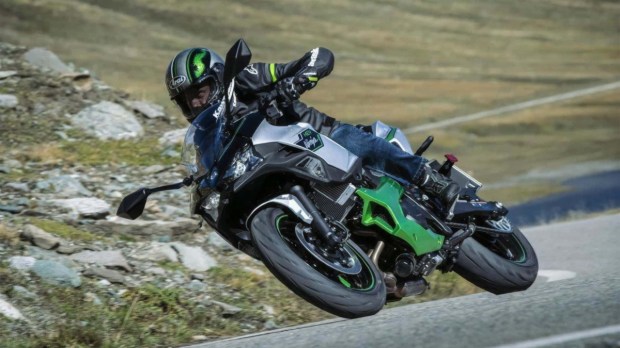
In terms of hardware, the Ninja 7 is based on a trellis chassis which sits on upside down telescopic forks up front and a rear monoshock. Braking duties are handled by twin front discs and a single disc at rear aided by dual-channel ABS. The bike weighs a hefty 227 kg.

